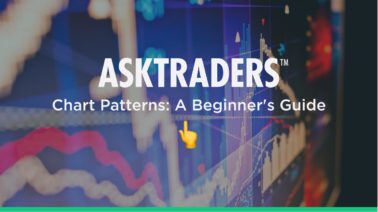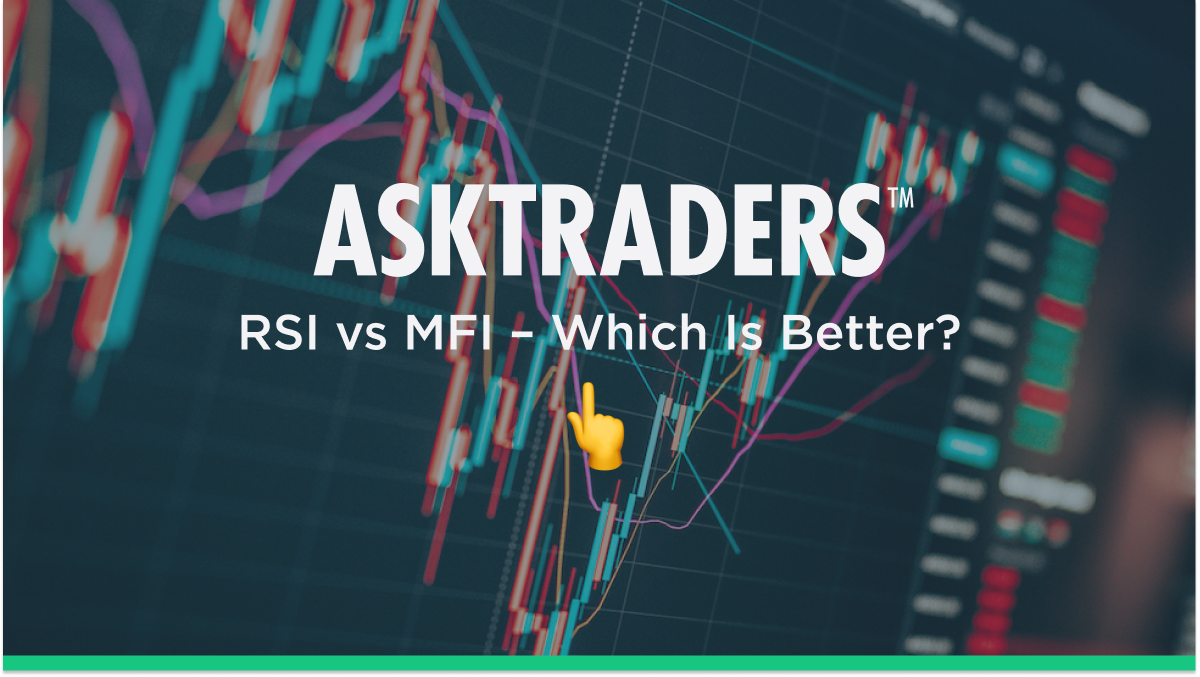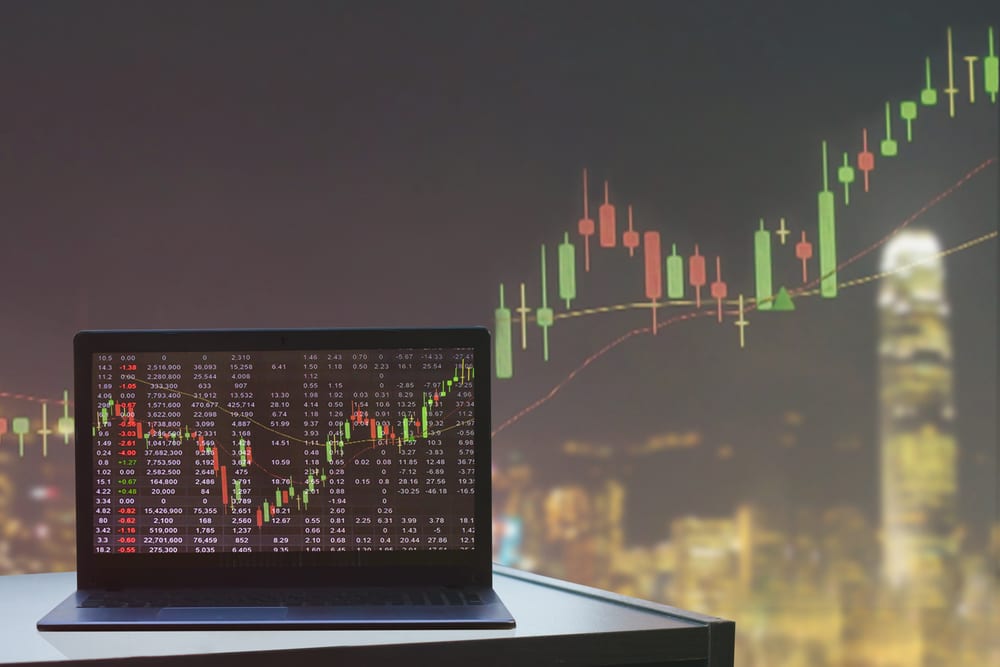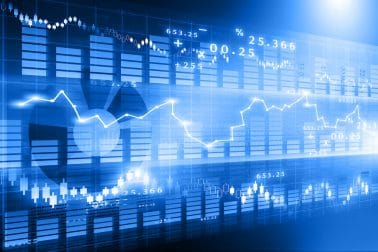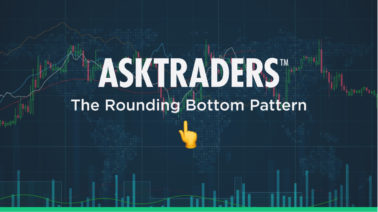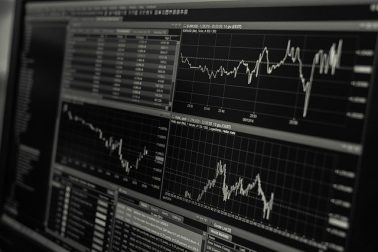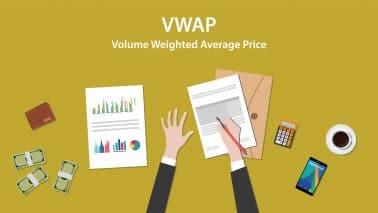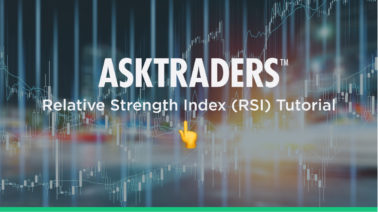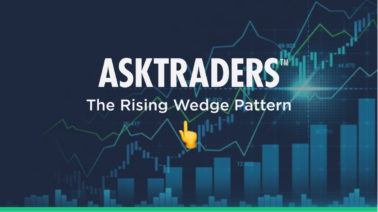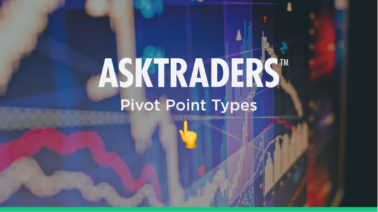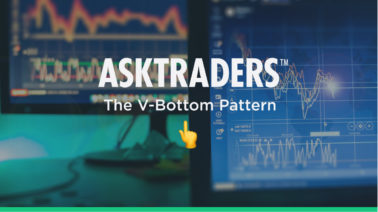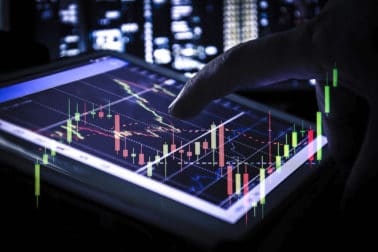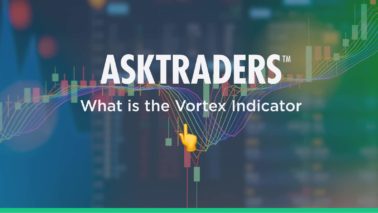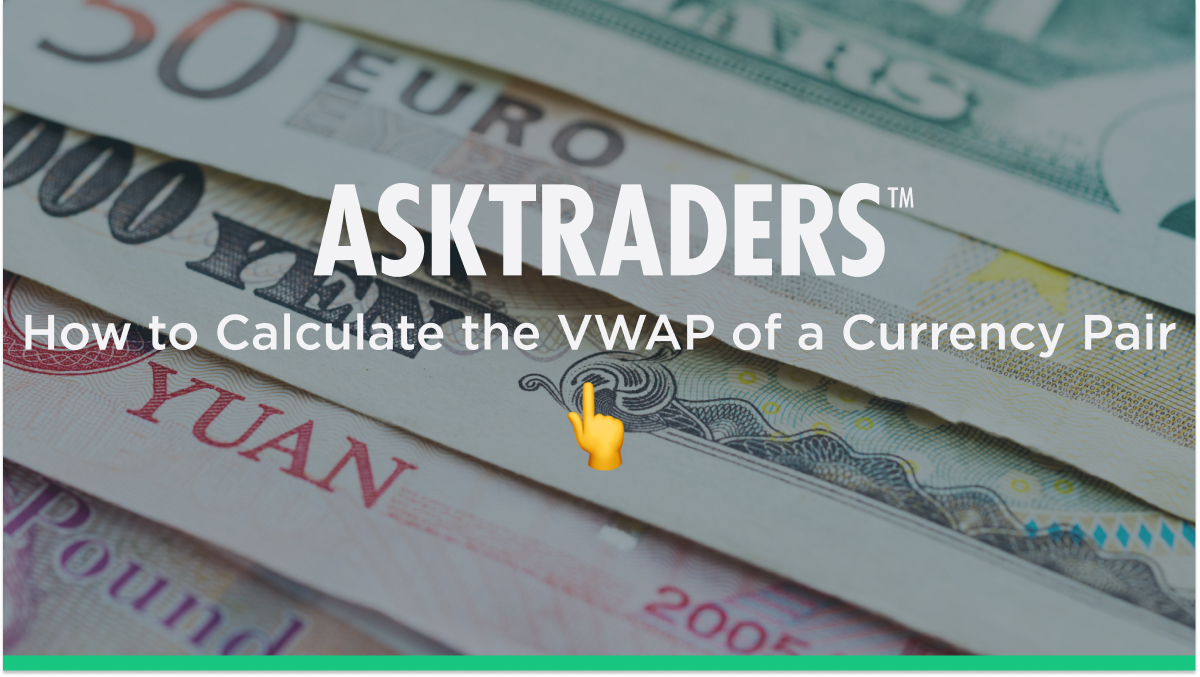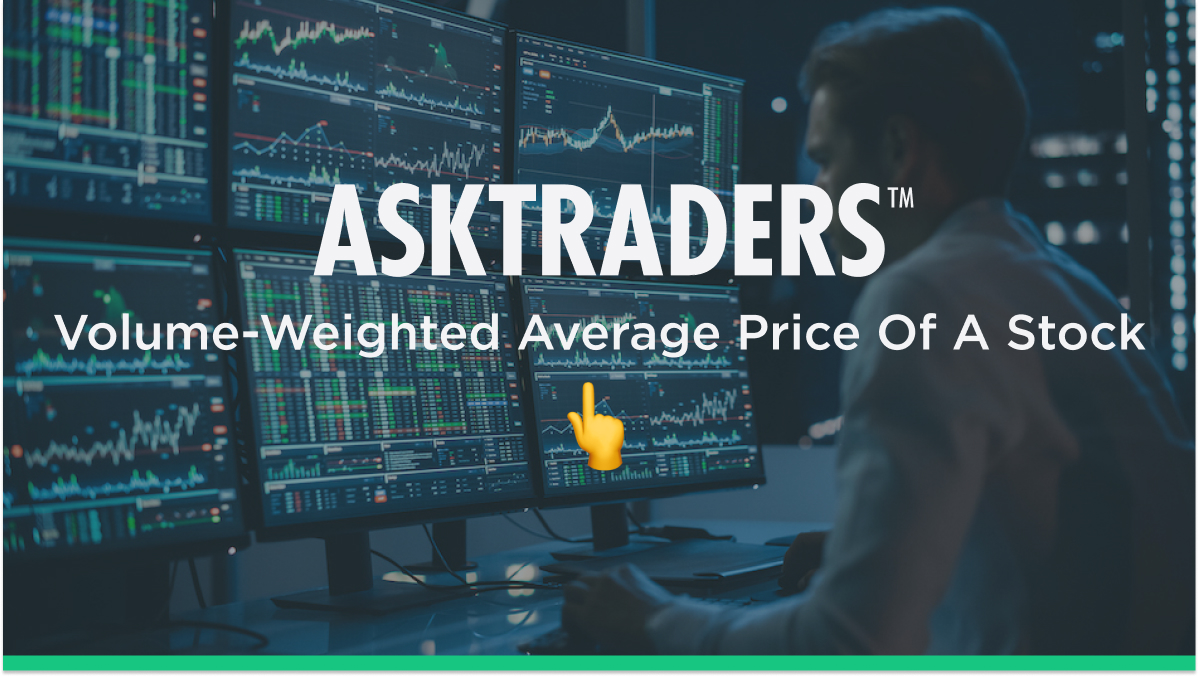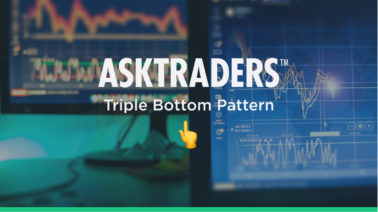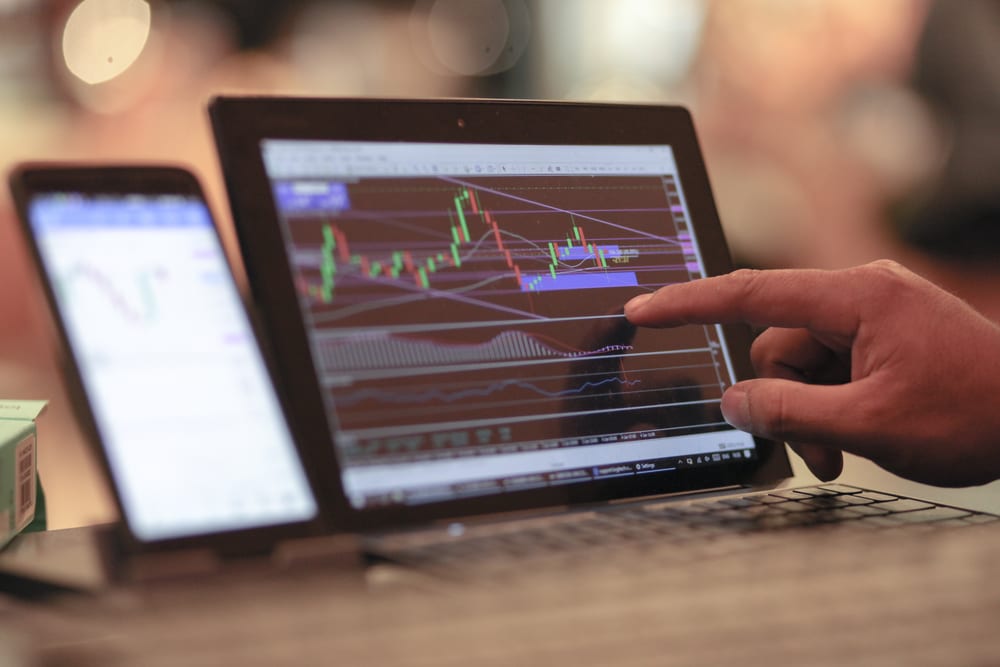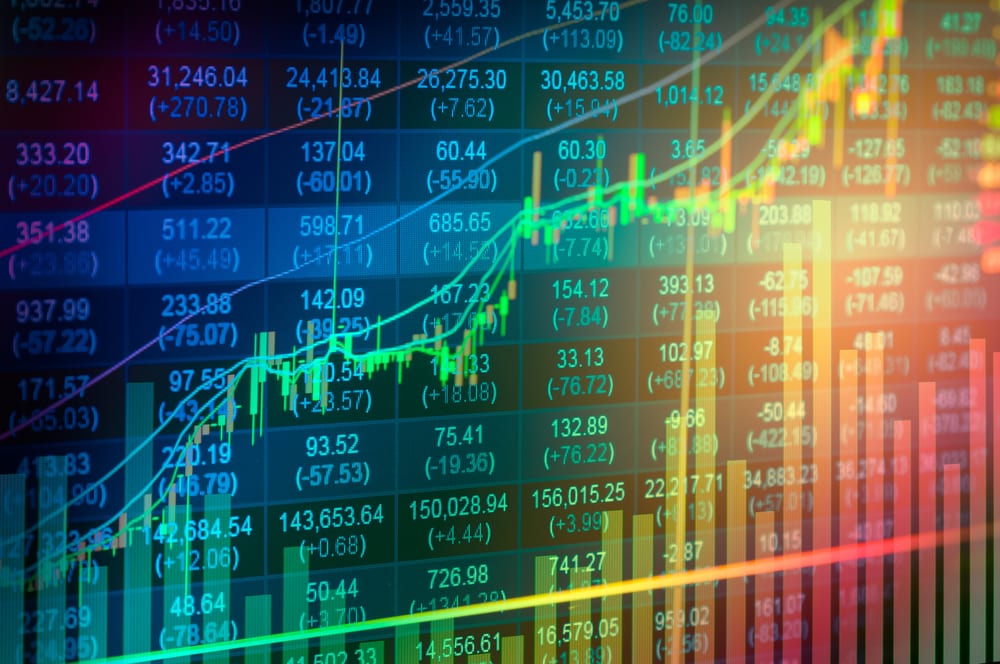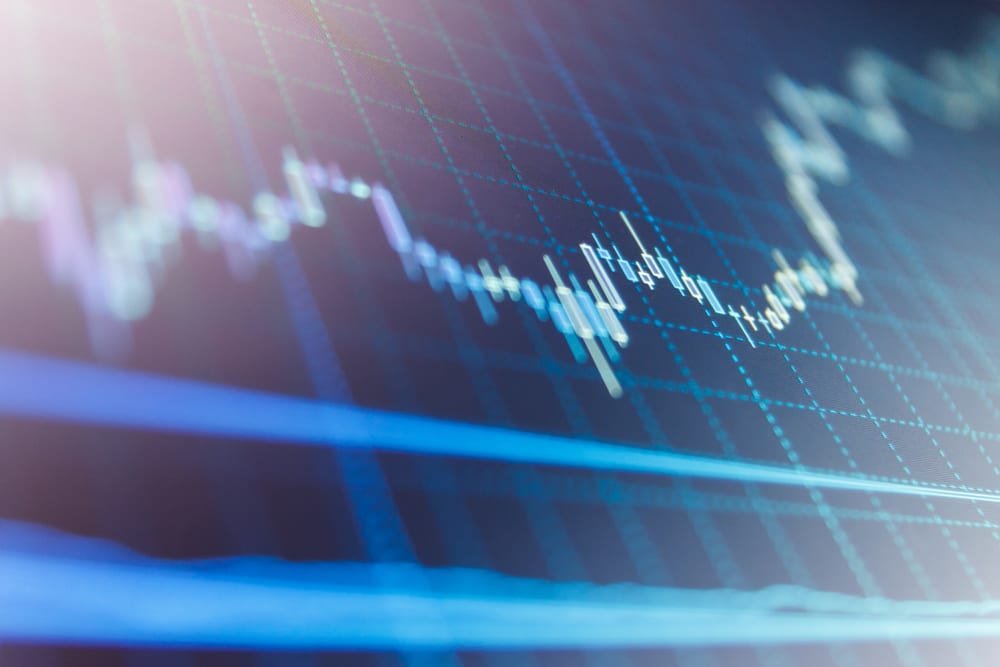Learn Technical Analysis (68)
Whether you’re a seasoned trader or just starting out, Technical Analysis, along with Fundamental Analysis, is an essential part of every trader’s toolkit. In Technical Analysis, trading signals and price patterns are identified by examining historical data. This data is displayed in the form of a visual chart, which helps traders predict future price movements and identify profitable trading opportunities. Technical Analysis also provides a window into the psychology of the market. Is it in a Bullish or Bearish trend? What is likely to happen next?
Here at AskTraders, we’ve made it easy to find answers to these questions and learn Technical Analysis with the help of our expert guides. Get started today and learn how to read chart patterns, discover the best technical indicators to use and uncover advanced trading strategies used by the experts.
What are the types of technical analysis?
Technical analysis broadly comprises of chart analysis and technical indicators. The former is about analysing the price trend, defining supports/resistances and eyeing chart patterns. The latter is about applying mathematical formulas to determine momentum, volatility, divergences, overbought/oversold levels and other forms to aid chart analysis.
While technical analysts employ price data as the primary indicator to evaluate charts and chart patterns, technical indicators are predominantly secondary tools and often used to validate chart studies.
How can I learn technical analysis?
Learning can be either self-taught or assisted. If you are eyeing to learn technical analysis using the former method, there are scores of free online resources, including tons of free training tools on several broker websites and sites like Asktraders. Besides, there are several books authored by John J. Murphy, Martin J. Pring, Scott M. Carney, and others, which cater to different levels of traders.
However, if you choose assisted learning, there are several online tutors and training courses to assist beginners in learning all the critical elements involved in chart analysis.
How long does it take to learn technical analysis?
The time one generally takes to learn technical analysis depends on the need, urgency, and effort. If you’re not planning on investing straight away or have enough time on your hands, you could as well start with reading books or going through the tons of free online material. While it certainly helps, it is time-consuming.
On the other hand, if you are preparing to invest in a big way over the next few months, it’s advisable to hire a professional analyst to help you master technical analysis, and enhance your learning curve.
How useful is technical analysis?
The principal behind technical analysis is to forecast prices based on market-derived data, and to that extent, it works. Just as fundamental analysis measures the intrinsic value of a security to predict the likelihood of future prices, technical analysis is also about probability. It does not guarantee profits always and is valid as long as it works more often than not.
So, technical analysis is not only a useful tool to predict prices of financial instruments, but it also comes with adequate risk-management systems that ensure capital protection in the case of adverse price movements.
Do professional traders use technical analysis?
Yes, professional traders use technical analysis, although several of them use it in combination with fundamental analysis. However, there are some well-acclaimed investors like Warren Buffett who do not use any form of technical analysis to carry out investments. That’s because chart analysis has hardly any role when it comes to value investing.
On the other hand, technical analysis plays a significant role in the trading decisions of a professional trader, be it for a positional, swing, or day trading.
